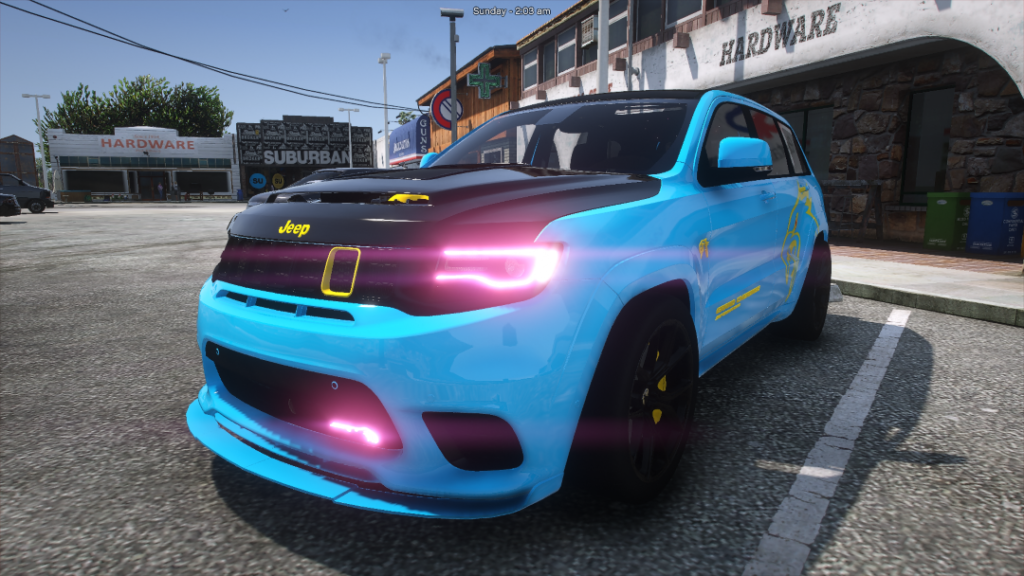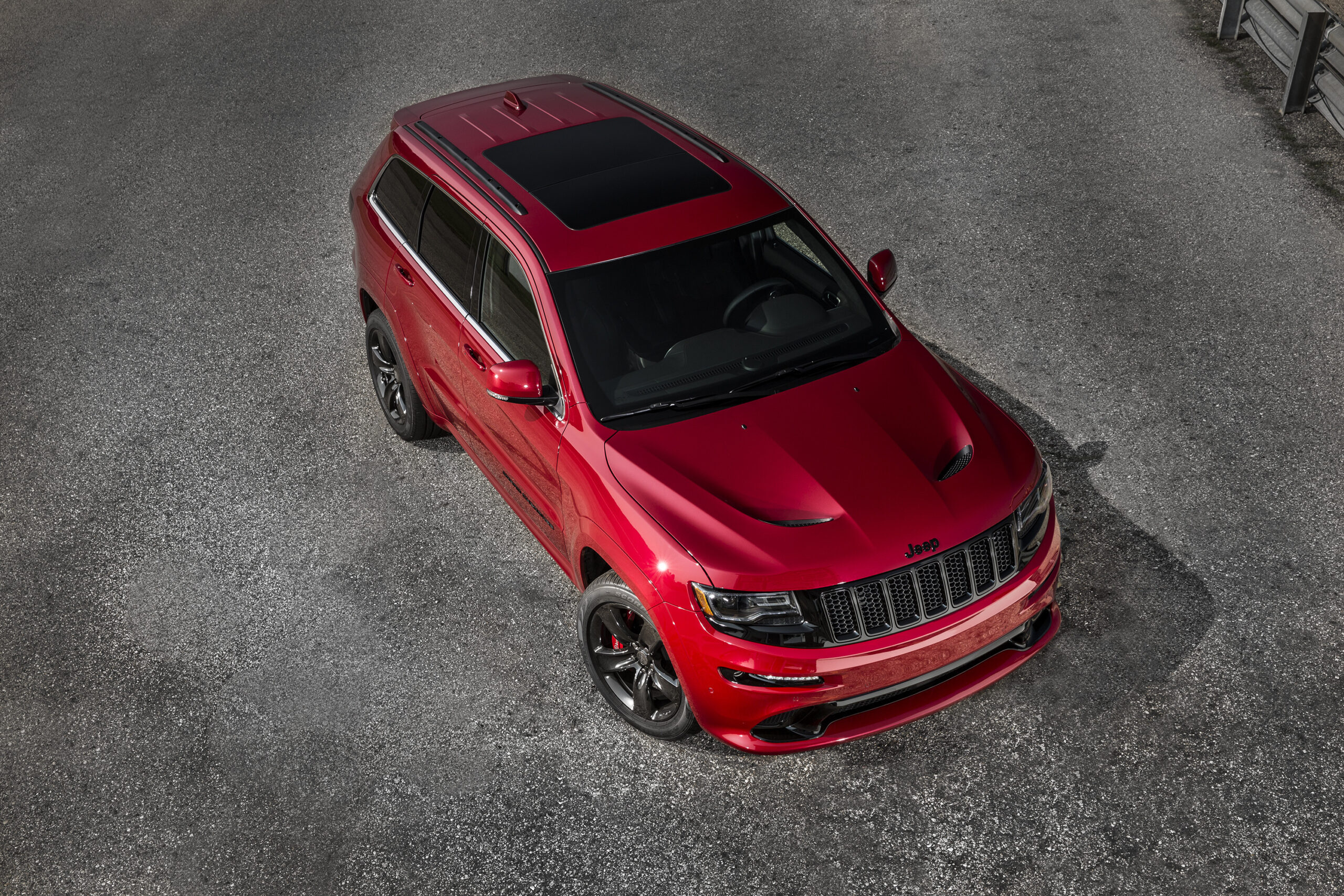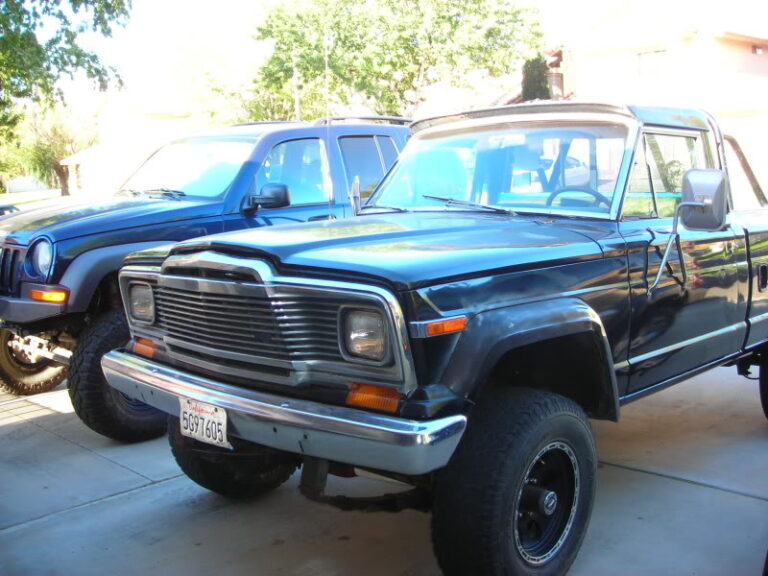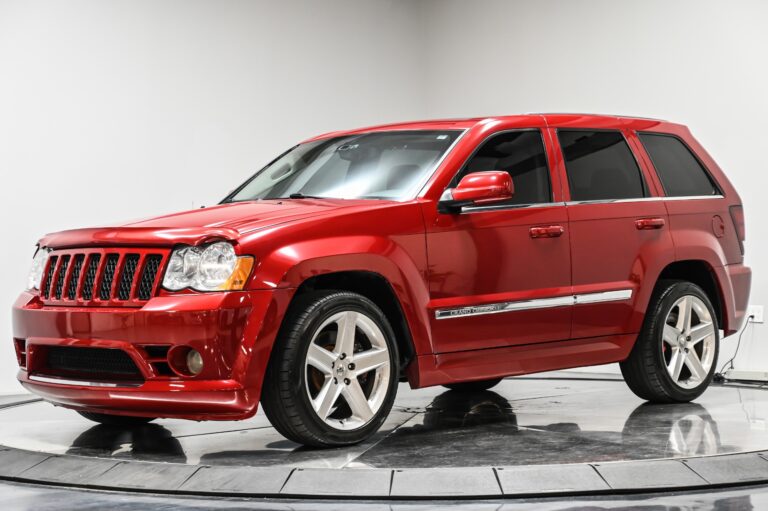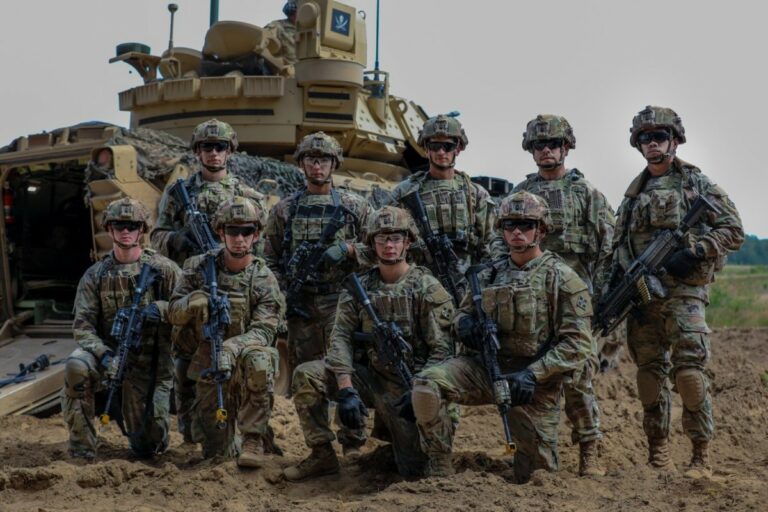Horsepower in Jeep SRT: Unleashing the Beast Within the SUV
Horsepower in Jeep SRT: Unleashing the Beast Within the SUV jeeps.truckstrend.com
The very mention of "Jeep" conjures images of rugged off-road prowess, adventurous trails, and utilitarian capability. Yet, within this iconic brand lies a lineage that defies conventional expectations: the Street & Racing Technology (SRT) division. When Jeep’s robust DNA merges with SRT’s relentless pursuit of performance, the result is an automotive anomaly – an SUV with the heart of a supercar. At the core of this transformation is raw, unadulterated horsepower, turning a family hauler into a quarter-mile king. This article delves deep into the fascinating world of horsepower in Jeep SRT models, exploring what makes these vehicles not just fast, but legendarily powerful within their segment.
Horsepower in Jeep SRT isn’t merely a number; it’s a statement. It represents a commitment to blistering acceleration, astonishing top speeds, and a driving experience that rivals dedicated sports cars, all wrapped in a practical, spacious SUV body. It’s the engineering marvel that allows a vehicle weighing over 5,000 pounds to embarrass many performance coupes off the line. Understanding this horsepower is to understand the soul of these high-performance Jeeps and the thrill they deliver to their discerning owners.
Horsepower in Jeep SRT: Unleashing the Beast Within the SUV
The Genesis of Power: Understanding the SRT Philosophy
To truly appreciate the horsepower figures of Jeep SRT models, one must first grasp the philosophy behind the SRT badge. SRT stands for "Street & Racing Technology," a performance division initially formed under DaimlerChrysler and later consolidated under Fiat Chrysler Automobiles (FCA), now Stellantis. Its mission was simple yet audacious: to take mainstream vehicles and inject them with an extreme dose of performance, handling, and braking capabilities, transforming them into track-capable machines that could also be driven on the street.
When SRT turned its attention to the Jeep Grand Cherokee, it wasn’t just about adding a bigger engine. It was about creating a holistic performance package. Every component, from the drivetrain to the suspension and braking systems, was meticulously engineered to handle and complement the massive power output. The goal was to redefine what an SUV could be, pushing the boundaries of utility and speed simultaneously. This philosophy is precisely why the horsepower figures in Jeep SRT models are not just impressive on paper but translate into a visceral, exhilarating real-world experience.
The Heart of the Beast: Engines Driving Jeep SRT Horsepower
The journey of horsepower in Jeep SRT models has primarily been defined by two legendary HEMI V8 engines, each pushing the boundaries of SUV performance in its own right.
The Grand Cherokee SRT (6.4L HEMI V8)
The original progenitor of the high-performance Jeep SUV was the Grand Cherokee SRT, particularly the WK2 generation (2012-2021). This model was powered by the formidable naturally aspirated 6.4-liter (392 cubic inch) HEMI V8 engine.
- Horsepower & Torque: This engine typically produced between 470 to 475 horsepower and 465 lb-ft of torque. While these figures might seem modest compared to today’s hyper-SUVs, at its debut, it was a staggering amount of power for a family SUV.
- Performance: The Grand Cherokee SRT could rocket from 0 to 60 mph in a blistering 4.5 seconds and complete the quarter-mile in the high 12-second range. Its naturally aspirated character provided a linear, immediate power delivery, accompanied by the intoxicating roar of a classic American muscle car. It was a vehicle that could comfortably tow a boat during the week and dominate track days on the weekend.
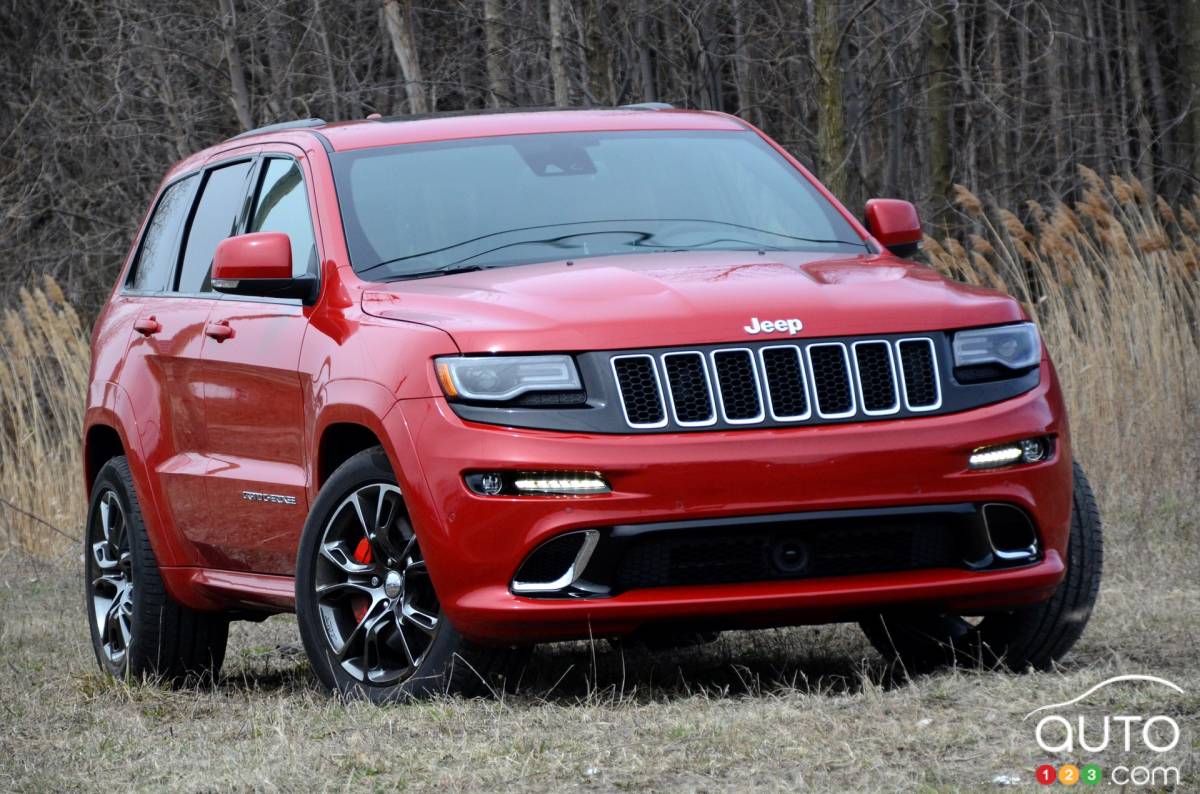
The Grand Cherokee Trackhawk (6.2L Supercharged HEMI V8)
In 2018, Jeep shattered the performance SUV landscape with the introduction of the Grand Cherokee Trackhawk. This vehicle took the SRT concept to an entirely new, stratospheric level by borrowing the infamous supercharged 6.2-liter HEMI V8 engine – widely known as the "Hellcat" engine – from its Dodge Challenger and Charger brethren.
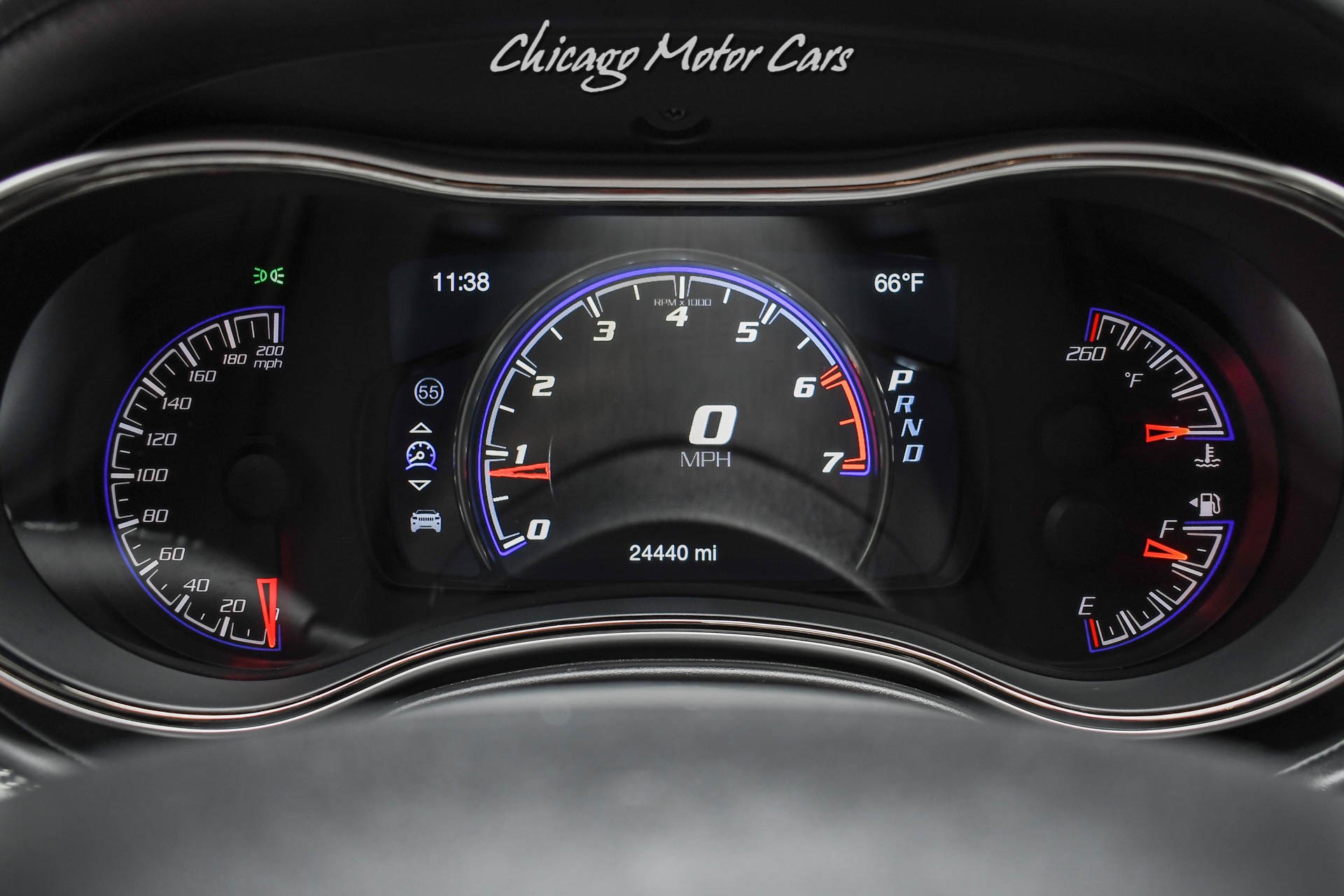
- Horsepower & Torque: The Trackhawk unleashed an astonishing 707 horsepower and 645 lb-ft of torque. This made it, at the time of its release, the most powerful and quickest SUV ever produced.
- Performance: The supercharger provided instant, brutal torque delivery, propelling the Trackhawk from 0 to 60 mph in an eye-watering 3.5 seconds and through the quarter-mile in just 11.6 seconds. The characteristic supercharger whine accompanying the ferocious acceleration became its signature. The Trackhawk wasn’t just fast; it was a force of nature, redefining what an SUV was capable of achieving on the asphalt.
The evolution from the 6.4L SRT to the supercharged Trackhawk showcases Jeep’s unwavering commitment to pushing the boundaries of horsepower in an SUV platform, catering to enthusiasts who demand ultimate performance without sacrificing practicality.
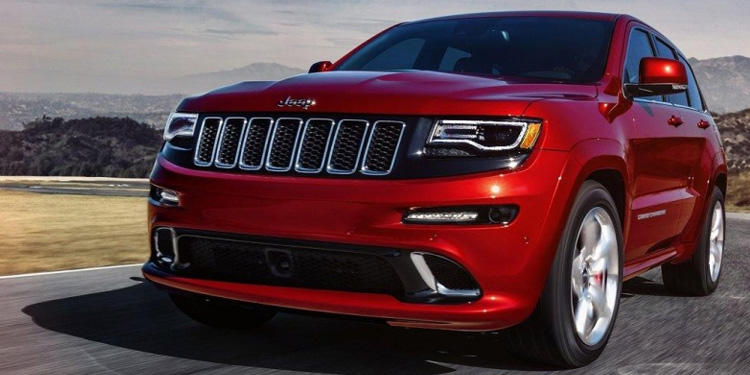
Beyond Raw Numbers: The Ecosystem of SRT Performance
While colossal horsepower figures grab headlines, the true genius of Jeep SRT models lies in how that power is harnessed and managed. It’s not just an engine; it’s a meticulously engineered ecosystem designed to deliver performance safely and effectively.
- Robust Transmission: Both SRT models utilize a heavy-duty ZF 8-speed automatic transmission. This transmission is engineered to handle massive torque inputs, providing lightning-fast shifts and seamless power delivery, whether under hard acceleration or cruising.
- Quadra-Trac Active On-Demand 4×4 System: A cornerstone of Jeep’s capability, this advanced all-wheel-drive system is specifically tuned for performance in SRT models. It intelligently distributes power to the wheels with the most traction, maximizing grip during launch and high-speed maneuvers, preventing wheelspin and translating every ounce of horsepower into forward motion.
- Adaptive Damping Suspension: Bilstein adaptive dampers are crucial for managing the SRT’s immense power. This sophisticated suspension system constantly adjusts damping forces based on driving conditions and selected drive modes (e.g., Auto, Sport, Track), offering a balance between comfortable cruising and razor-sharp handling when pushed to the limit.
- High-Performance Braking System: With such immense horsepower comes the critical need for equally potent stopping power. Both SRT and Trackhawk models feature massive Brembo high-performance brakes with six-piston front calipers and four-piston rear calipers, ensuring confident and repeatable stops from high speeds.
- Enhanced Cooling Systems: To prevent overheating under extreme conditions, SRT Jeeps are equipped with enhanced cooling systems for the engine, transmission, and differential. This includes larger radiators, additional heat exchangers, and improved airflow management.
- Functional Aerodynamics: While maintaining the iconic Jeep silhouette, SRT models incorporate functional aerodynamic elements like aggressive front fascias, rear spoilers, and heat extractors on the hood, which aid in cooling and high-speed stability.
- Performance Pages: Integrated into the infotainment system, "Performance Pages" allow drivers to monitor real-time performance metrics (0-60 mph times, g-forces, horsepower output, torque, etc.), adjust launch control settings, and customize various vehicle parameters, offering an interactive way to engage with the vehicle’s power.
Maximizing Your SRT’s Horsepower: Practical Advice
Owning a high-performance vehicle like a Jeep SRT comes with responsibilities. To ensure you get the most out of its prodigious horsepower and maintain its reliability, consider the following practical advice:
- Adhere to a Strict Maintenance Schedule: These engines operate under extreme stress. Regular oil changes (with specified synthetic oil), filter replacements, and spark plug changes are non-negotiable. Follow the manufacturer’s recommended maintenance schedule diligently.
- Always Use Premium Fuel: Both the 6.4L and especially the supercharged 6.2L HEMI engines are tuned for 91 octane (premium) or higher fuel. Using lower octane fuel can lead to reduced performance, potential engine knock, and long-term damage due to the engine’s computer retarding timing to compensate.
- Invest in Quality Tires: The massive horsepower requires optimal grip. High-performance summer tires are crucial for maximizing acceleration and handling in dry conditions. Ensure tires are properly inflated according to specifications. Be prepared for faster tire wear due to the vehicle’s weight and power.
- Understand and Utilize Driving Modes: The different drive modes (Auto, Sport, Track, Snow, Tow, Valet) are designed to optimize various vehicle parameters for specific conditions. "Track" mode, for instance, will stiffen the suspension, quicken throttle response, and adjust transmission shift points for maximum performance. "Valet" mode limits power and top speed to protect the vehicle.
- Proper Warm-up and Cool-down: Allow the engine and fluids to reach operating temperature before engaging in spirited driving. Similarly, after high-performance driving, allow the engine to cool down gradually by driving normally for a few minutes before shutting it off.
- Consider Performance Modifications Carefully: While aftermarket modifications like cold air intakes, exhaust systems, and engine tunes can increase horsepower, they often void warranties and can impact long-term reliability if not installed or tuned correctly. Consult with reputable specialists if considering such upgrades.
Challenges and Considerations
While the horsepower in Jeep SRT models is undeniably exhilarating, ownership comes with certain considerations:
- Fuel Economy: These vehicles are not designed for fuel efficiency. Expect single-digit or low-teen miles per gallon, especially during spirited driving.
- Tire and Brake Wear: The immense power and weight contribute to accelerated wear on tires and brake components. Replacement costs for these high-performance parts can be substantial.
- Insurance Costs: Due to their high performance and value, insurance premiums for Jeep SRT and Trackhawk models are typically higher than for standard SUVs.
- Maintenance Expenses: Beyond routine maintenance, specialized parts and labor for high-performance components can lead to higher service costs.
- Traction Management: While the AWD system is excellent, managing 700+ horsepower, especially in wet or cold conditions, requires respect and a measured approach to the throttle.
Performance & Original MSRP Comparison: Jeep Grand Cherokee SRT Models
| Feature / Model | Jeep Grand Cherokee SRT (WK2, 2012-2021) | Jeep Grand Cherokee Trackhawk (WK2, 2018-2021) |
|---|---|---|
| Engine Type | Naturally Aspirated HEMI V8 | Supercharged HEMI V8 |
| Engine Displacement | 6.4 Liters (392 cu in) | 6.2 Liters (376 cu in) |
| Horsepower | 470 – 475 HP | 707 HP |
| Torque | 465 lb-ft | 645 lb-ft |
| 0-60 MPH | 4.5 seconds | 3.5 seconds |
| Quarter Mile | 12.8 – 12.9 seconds | 11.6 seconds |
| Top Speed | 160 mph | 180 mph |
| Transmission | 8-speed Automatic (ZF) | 8-speed Automatic (ZF) |
| Drive System | Quadra-Trac Active On-Demand 4×4 | Quadra-Trac Active On-Demand 4×4 |
| Approx. Original MSRP | $65,000 – $70,000+ | $87,000 – $95,000+ |
Note: Original MSRPs are approximate and varied based on year, trim, and optional features. Current market prices for used models will vary significantly.
Frequently Asked Questions (FAQ) about Horsepower in Jeep SRT
Q1: What’s the main difference in horsepower between a Grand Cherokee SRT and a Trackhawk?
A1: The Grand Cherokee SRT (6.4L HEMI) produces around 475 horsepower, while the Grand Cherokee Trackhawk (6.2L Supercharged HEMI) boasts a much higher 707 horsepower due to its supercharged engine.
Q2: Can I increase my Jeep SRT’s horsepower through modifications?
A2: Yes, aftermarket modifications like cold air intakes, exhaust systems, pulley upgrades (for Trackhawk), and engine tunes can increase horsepower. However, be aware that such modifications can void your factory warranty and may affect long-term reliability if not done correctly by experienced professionals.
Q3: Is the Jeep Trackhawk the most powerful SUV ever made?
A3: At the time of its release in 2018, the Jeep Trackhawk was indeed the most powerful and quickest SUV ever produced. While other high-performance SUVs have since emerged with similar or slightly higher figures, the Trackhawk remains one of the most powerful and iconic SUVs in history.
Q4: What kind of fuel does a Jeep SRT/Trackhawk use?
A4: Both the 6.4L SRT and the 6.2L supercharged Trackhawk require premium unleaded gasoline, typically 91 octane or higher, to achieve their advertised horsepower and ensure optimal engine health.
Q5: How reliable are these high-horsepower engines in Jeep SRT models?
A5: The HEMI engines, particularly the Hellcat engine in the Trackhawk, are designed for high performance and are generally robust. However, their reliability hinges heavily on strict adherence to maintenance schedules, using premium fuel, and avoiding consistent, prolonged abuse. Like any high-performance vehicle, proper care is paramount.
Q6: Are Jeep SRT models good for daily driving?
A6: Yes, despite their immense horsepower, Jeep SRT models (especially the Grand Cherokee SRT) are surprisingly comfortable and capable daily drivers. They offer ample space, a comfortable ride (adjustable suspension helps), and practical SUV features. The Trackhawk, while more extreme, can also serve as a daily driver, though its firmer ride and higher fuel consumption might be more noticeable.
Conclusion
The concept of horsepower in Jeep SRT models transcends mere numbers; it represents a bold fusion of rugged utility and exhilarating performance. From the potent, naturally aspirated Grand Cherokee SRT to the astonishing, supercharged Trackhawk, these vehicles have redefined what an SUV can achieve. They are a testament to engineering prowess, delivering supercar-level acceleration and dynamics while retaining the practicality and commanding presence of a Jeep. Owning one is an immersion in a unique driving experience, a constant reminder that sometimes, the most unexpected vehicles can house the most extraordinary power. The legacy of horsepower in Jeep SRT models will undoubtedly continue to inspire and thrill automotive enthusiasts for years to come.
